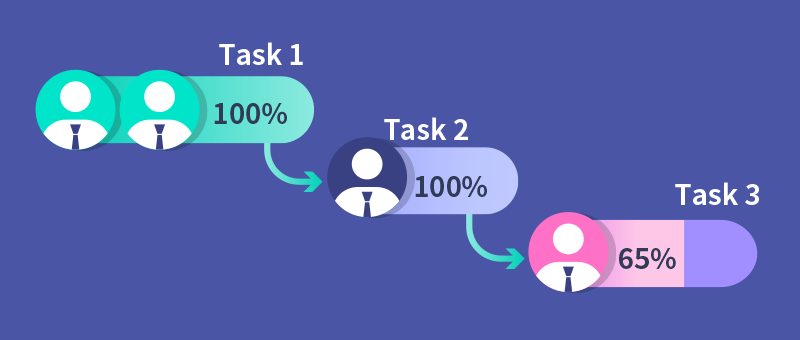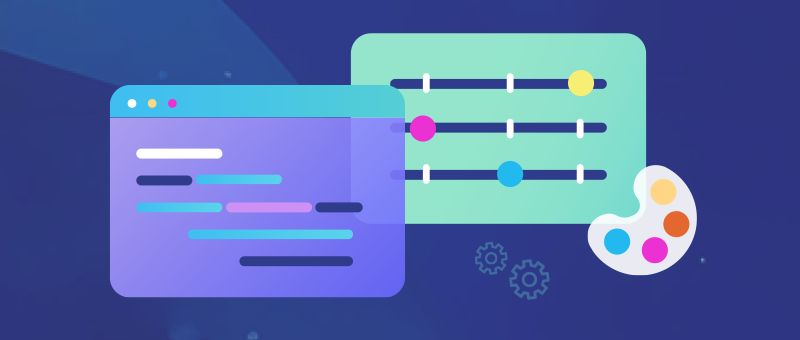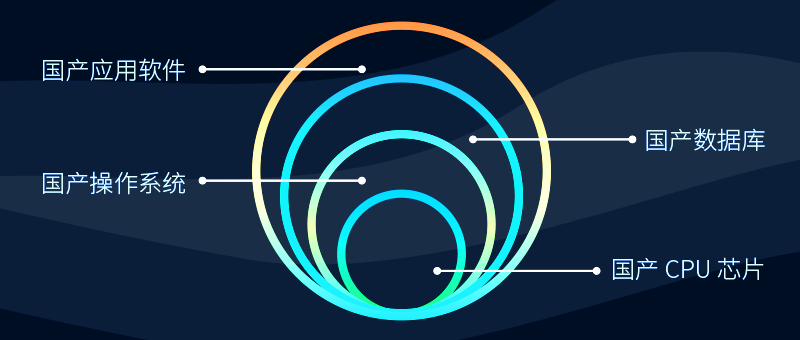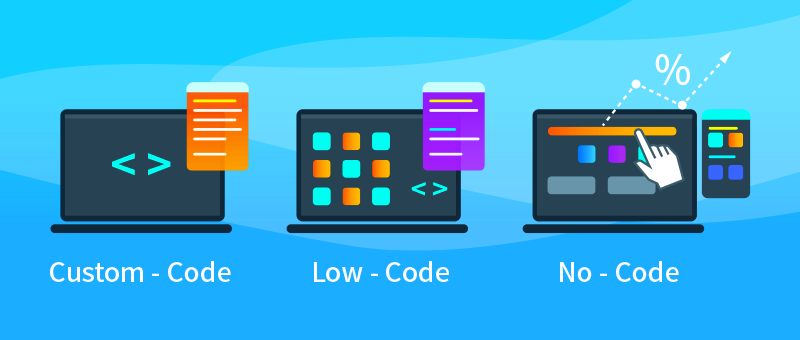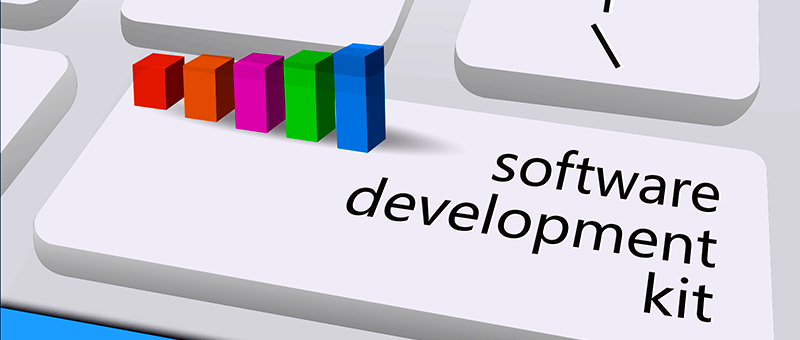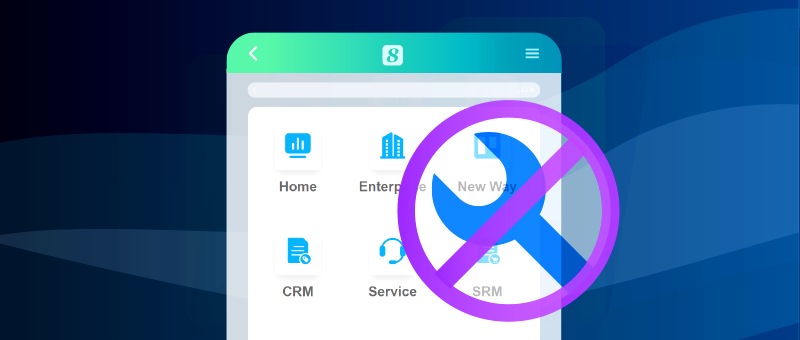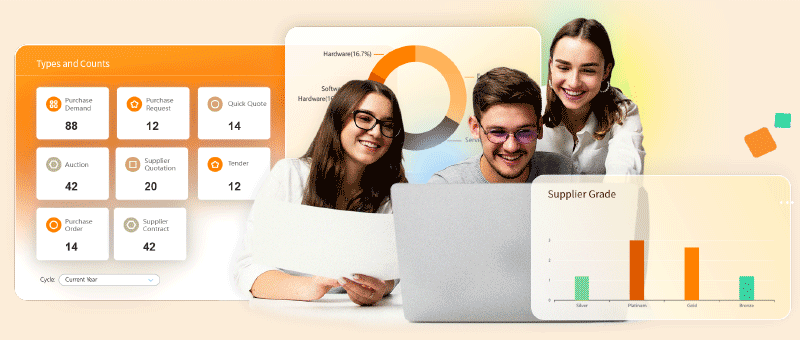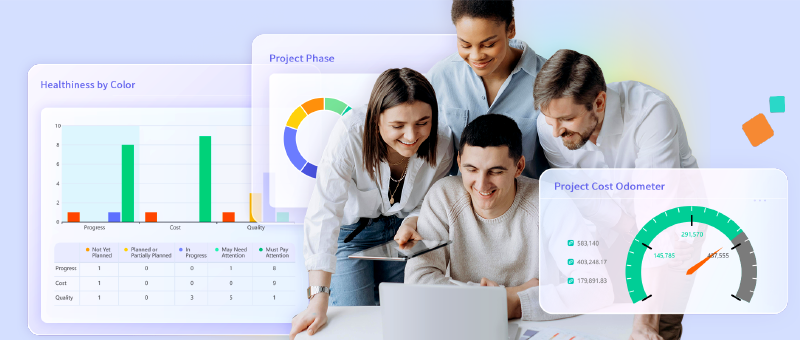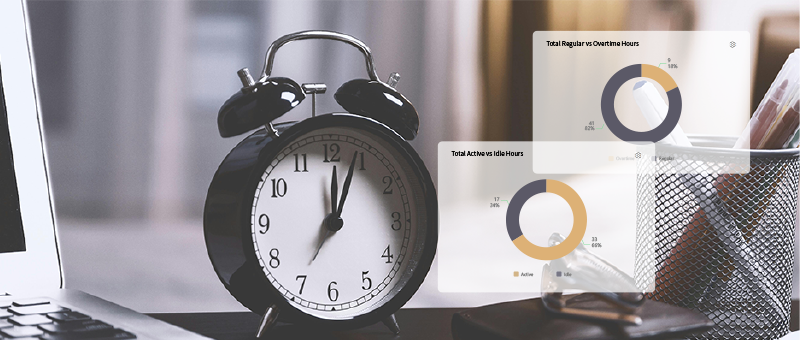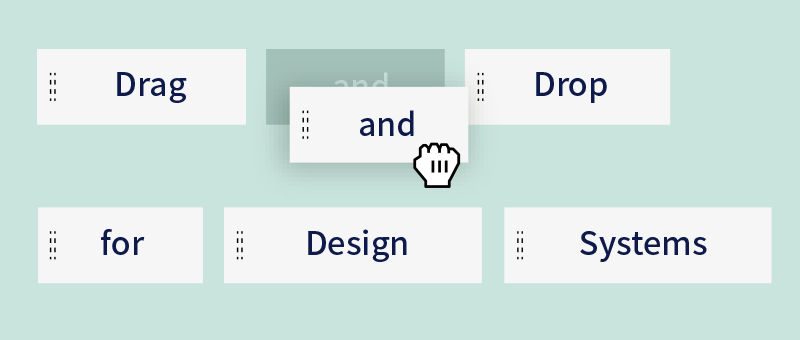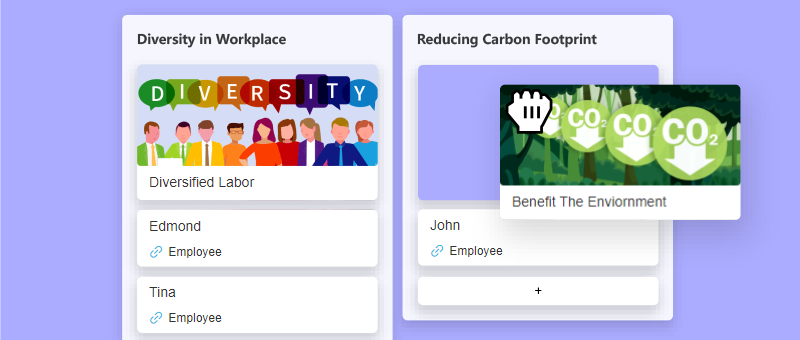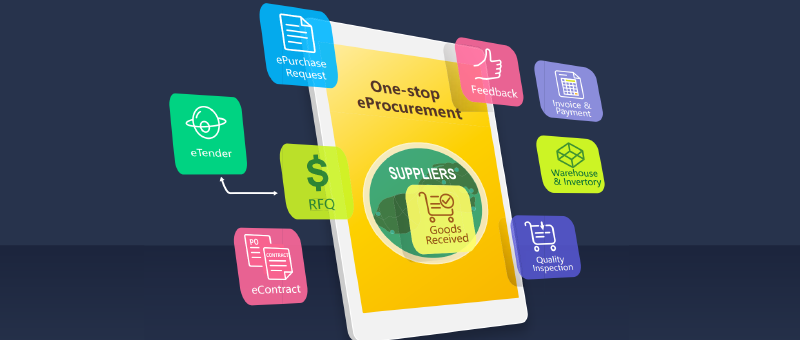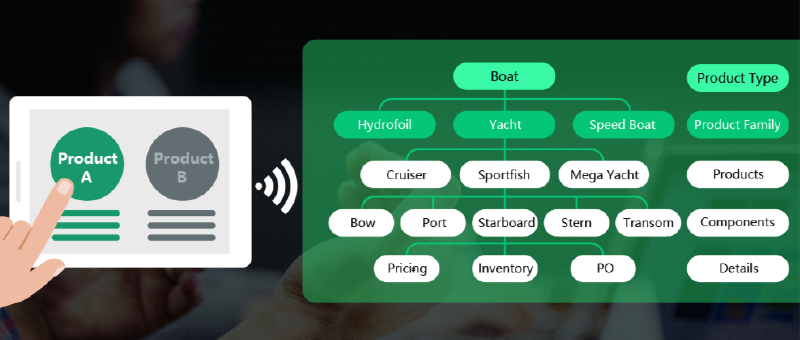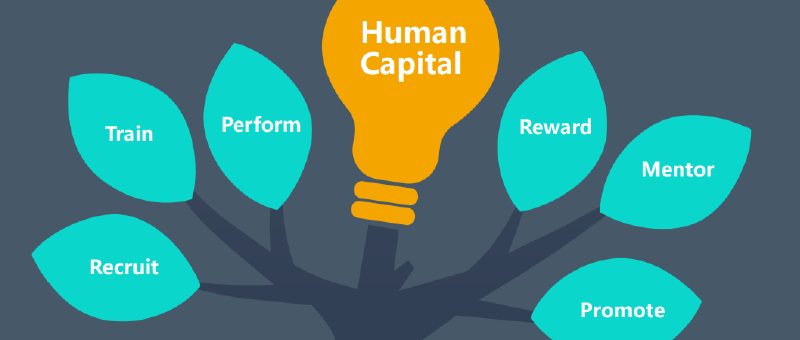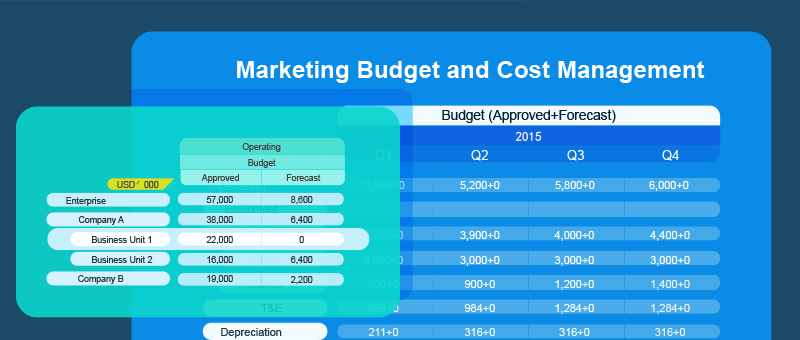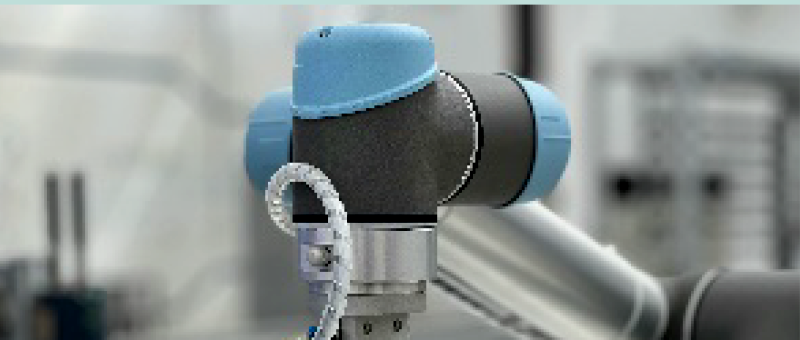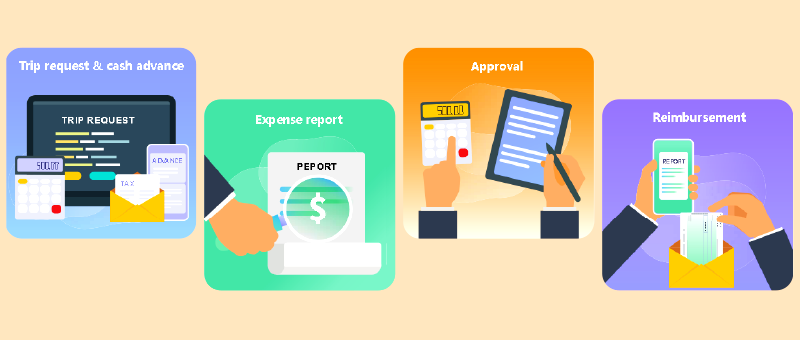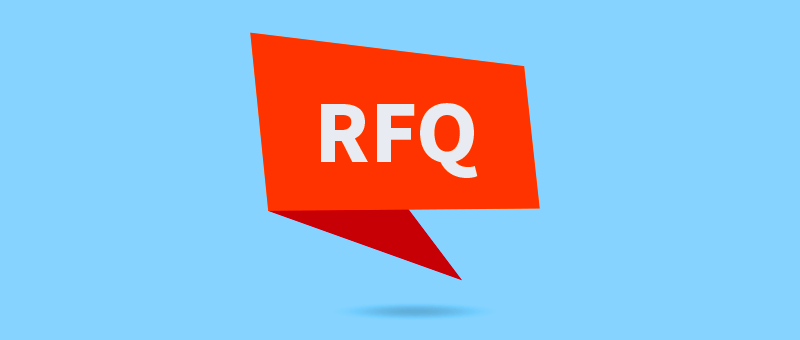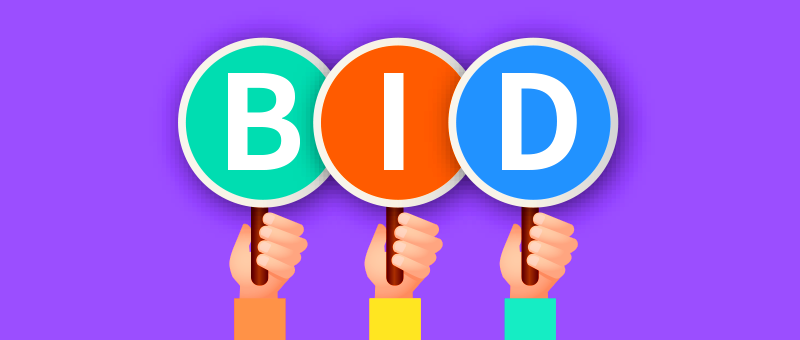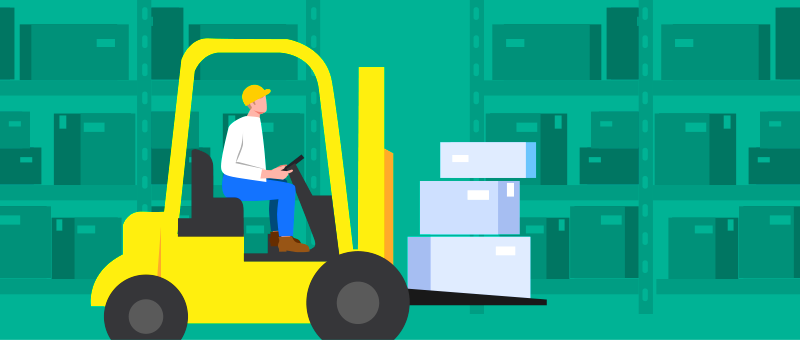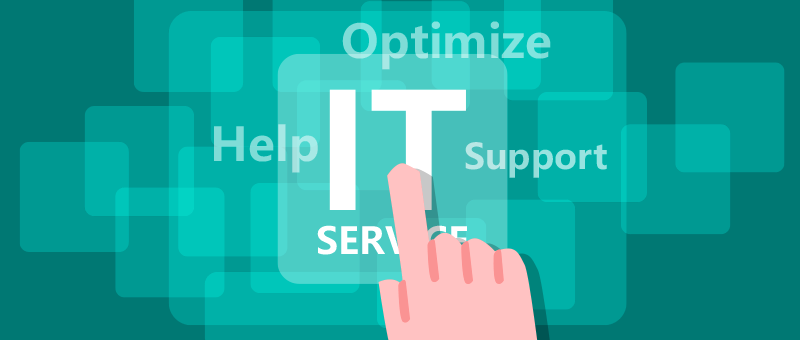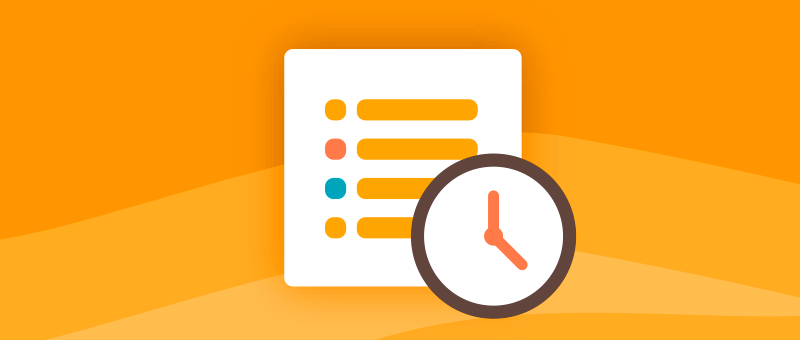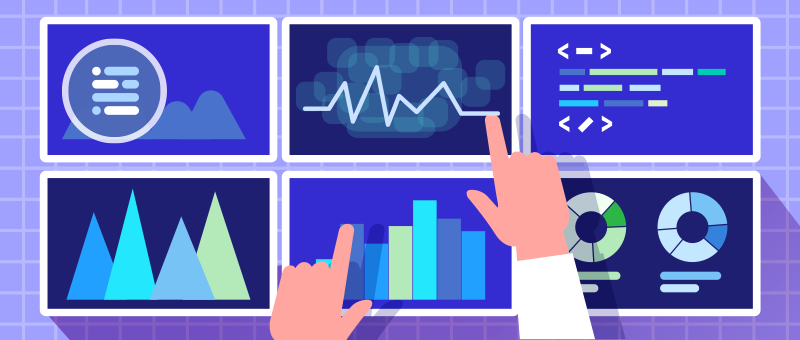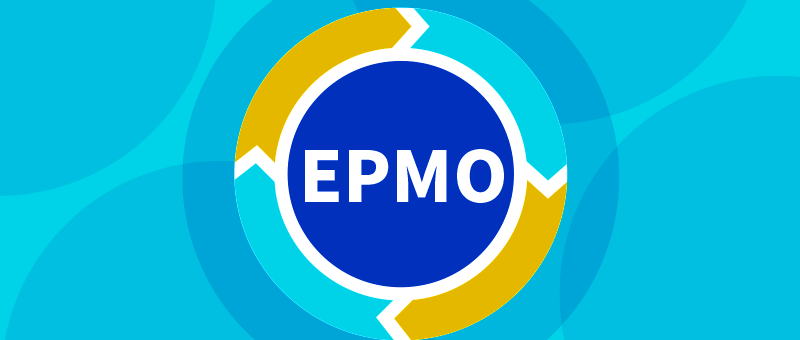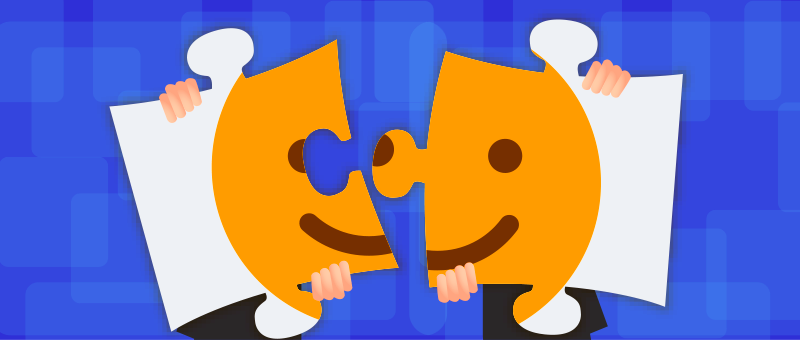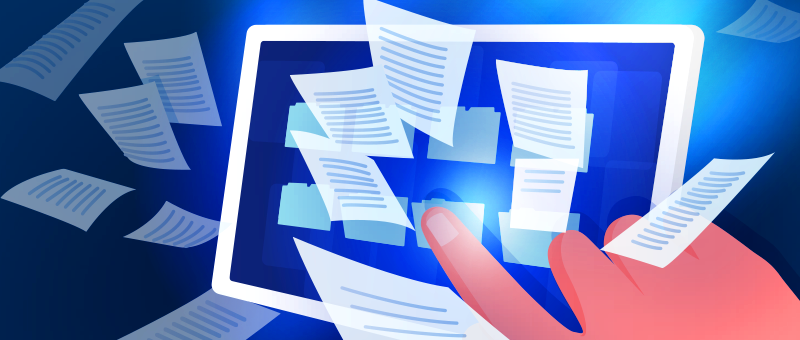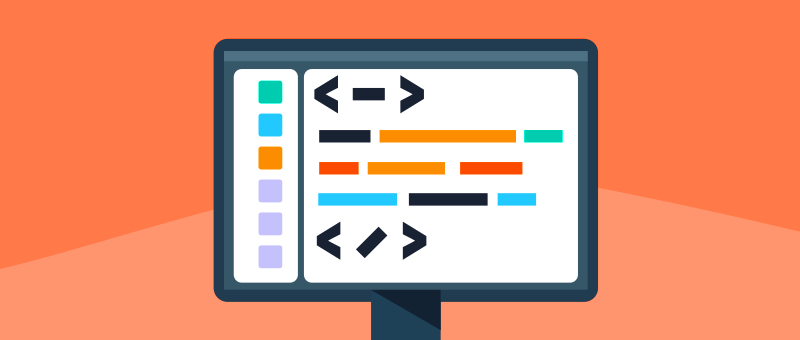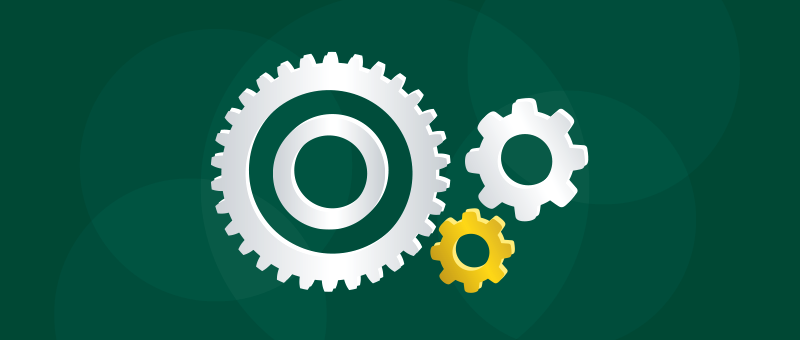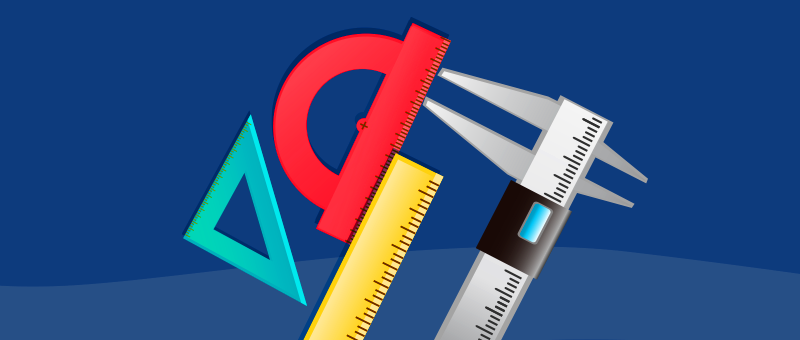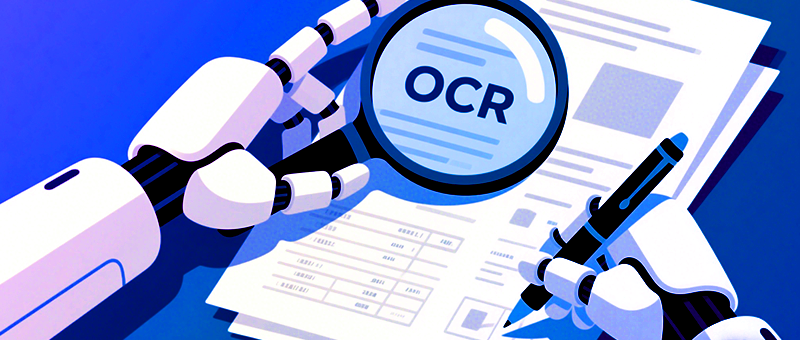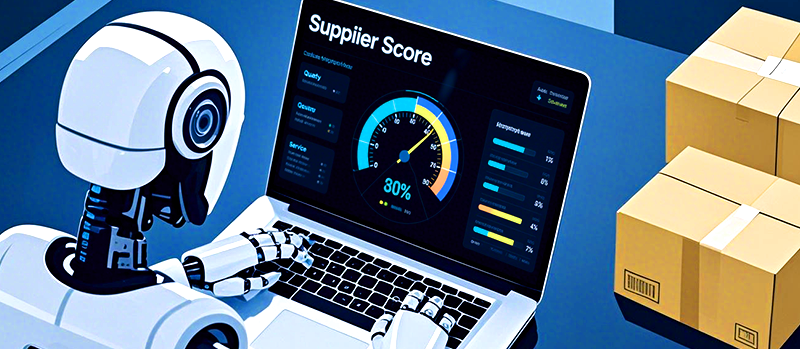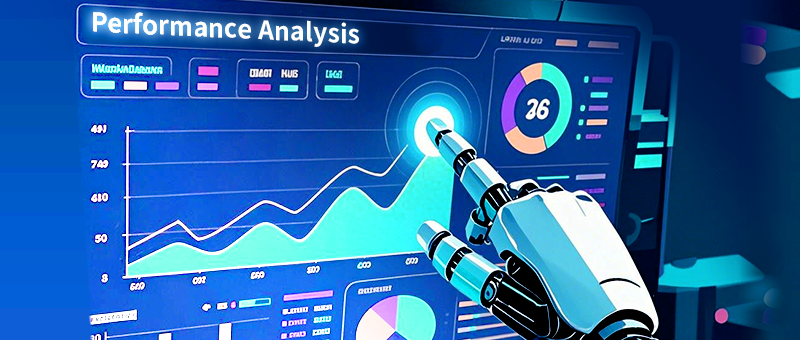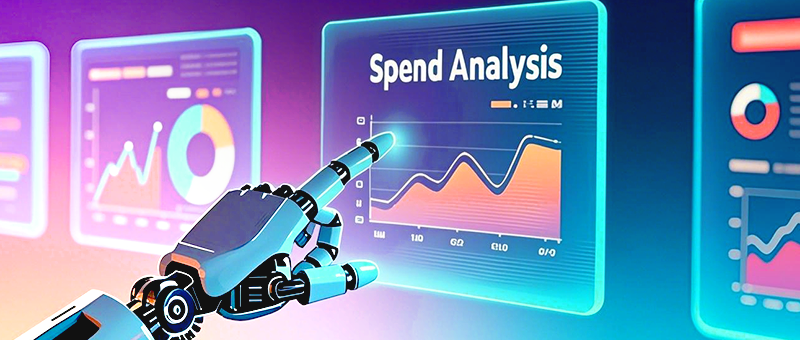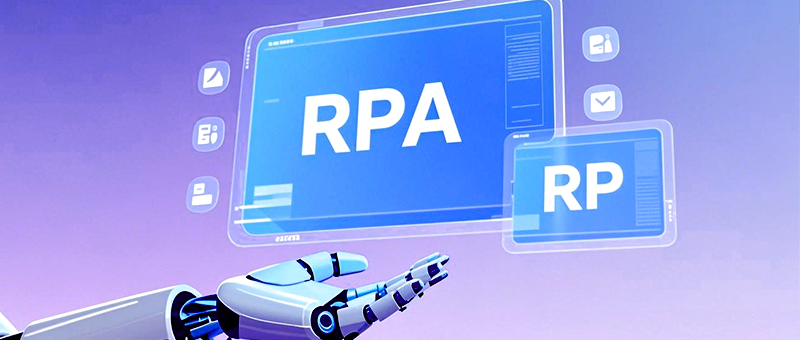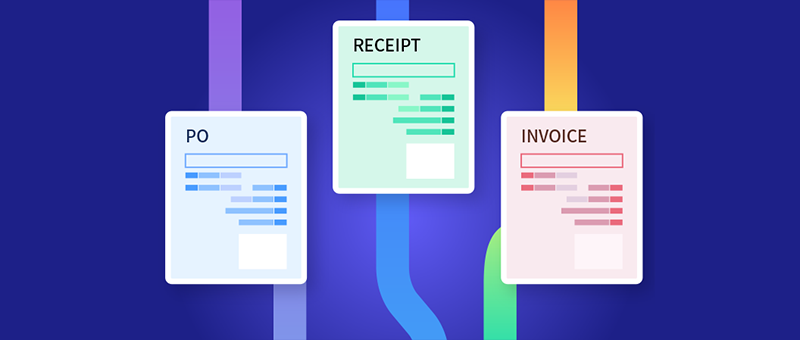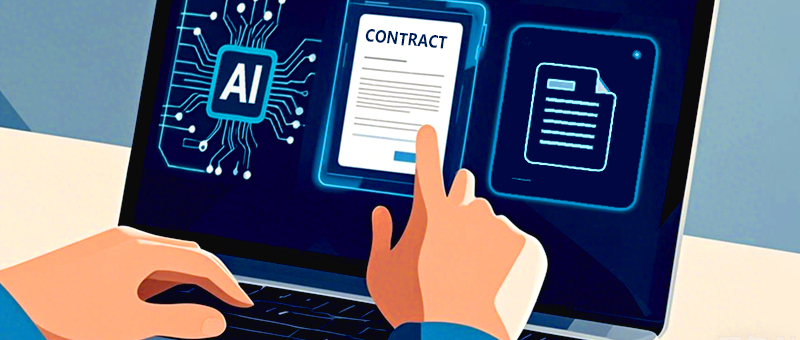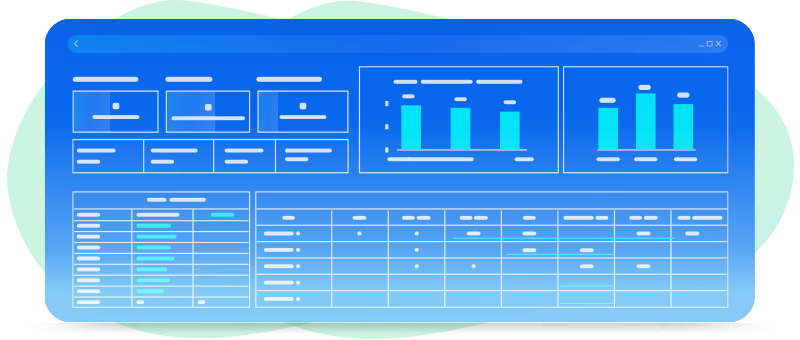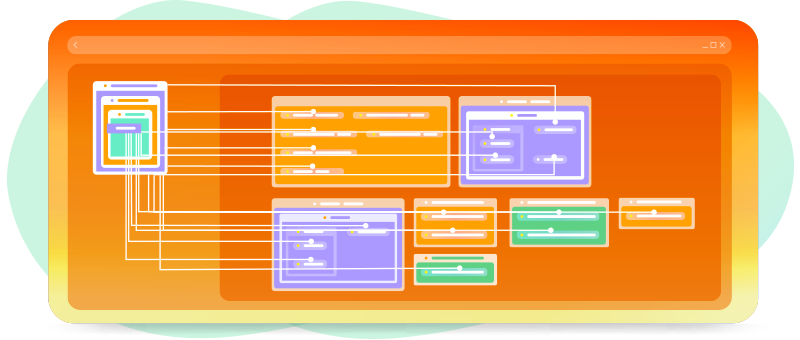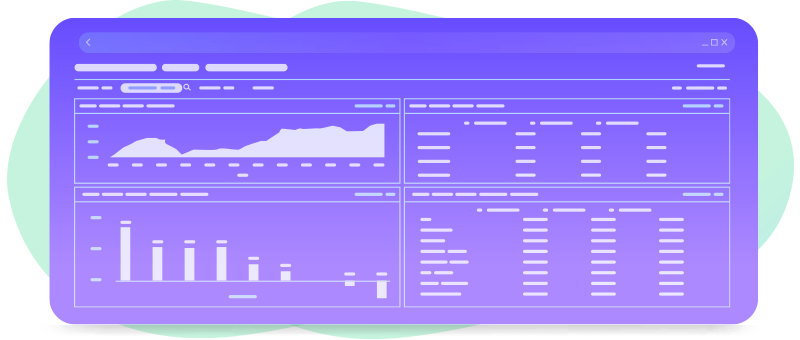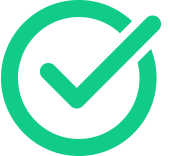Special News
Which procuarement management software is best? A review of 10 leading options
2025-04-03
In today’s fast-paced, digitally driven world, procurement management software has emerged as a vital tool for businesses aiming to boost efficiency, cut costs, and streamline their supply chains. As competition heats up, companies are increasingly turning to smarter, more adaptable procurement solutions to tackle complex operational demands. These tools go beyond simply automating tedious traditional processes—they leverage data insights and supplier collaboration to deliver real, measurable value.
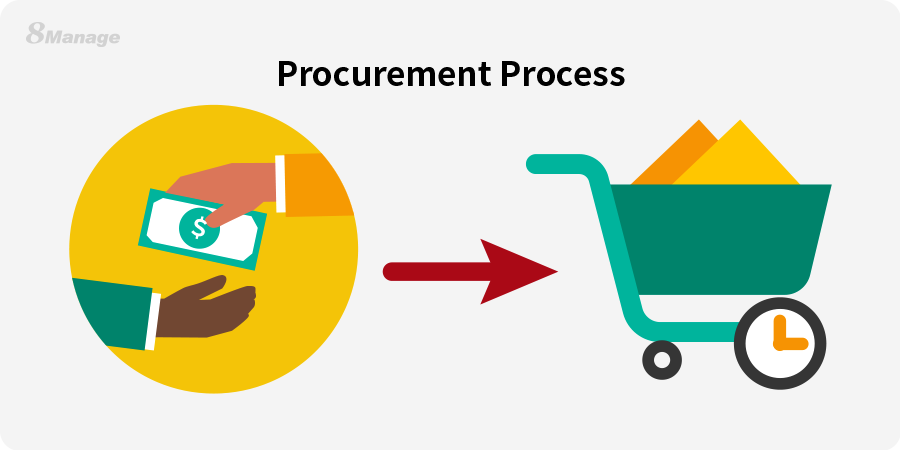
This article dives into the benefits of procurement management software and offers a concise review of 10 popular options available today. Whether you’re a small business or a global enterprise, this guide will help you pinpoint the solution that fits your needs.
Why procurement management software matters
At its core, procurement management software transforms how businesses operate by enhancing efficiency and sharpening strategic decision-making. One of its standout perks is process optimization. By automating everything from purchase requests to order fulfillment, it minimizes human error and speeds up workflows that once dragged on for days.
Cost savings are another big win. With built-in data analytics, these tools help companies spot opportunities to trim expenses, fine-tune budgets, and manage inventory more effectively. Plus, they strengthen supplier relationships by offering features to assess performance, reduce risks, and foster tighter partnerships—key ingredients for a resilient supply chain.
Data-driven decision-making is a game-changer, too. Procurement teams love how these platforms provide real-time insights, empowering managers to craft smarter strategies and stay ahead of the curve. Together, these benefits help businesses hit their goals of cutting costs while boosting productivity.
A rundown of 10 top procurement management software options
Here’s a look at 10 leading procurement management tools, each with its own strengths and ideal use cases:
1. 8Manage SRM
Developed by Wisage Technology, 8Manage SRM is a robust, all-in-one solution covering the entire procurement lifecycle—supplier management, sourcing, bidding, order execution, contracts, and payments. Its standout features include smart automation, electronic bidding, and detailed data analytics.
Easy to use and available as a SaaS subscription or on-premises setup, it prioritizes data security and suits medium to large businesses with complex needs. Trusted by big names like China Mobile , Chow Sang Sang, and Wheelock, its real-time reporting gives managers a clear edge in decision-making.
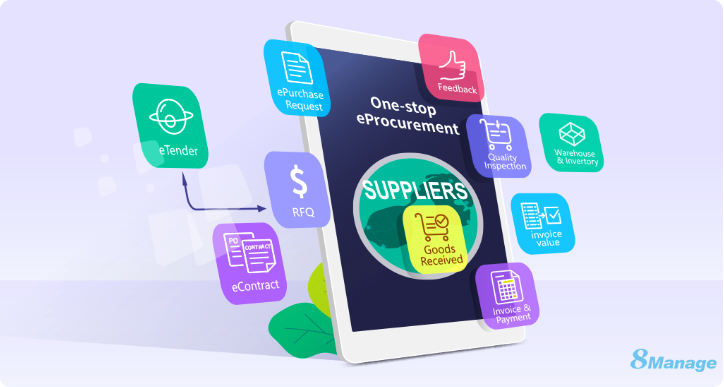
2. SAP Ariba
A global leader, SAP Ariba boasts a vast supplier network and end-to-end automation. It’s a powerhouse for multinational corporations but can feel overwhelming—and pricey—for smaller firms due to its complexity and localization costs.
3. Microsoft Dynamics 365
Microsoft’s all-in-one business suite includes a procurement module that ties into finance and supply chain functions. Ideal for global companies, it’s feature-rich but comes with a steep price tag and a lengthy setup process.
4. Yonyou Procurement Cloud
Yonyou’s platform blends supplier collaboration, e-bidding, and a procurement marketplace into a seamless digital experience. It integrates effortlessly with Yonyou ERP, making it a go-to for medium and large firms needing tailored industry solutions. While packed with features, its higher implementation costs might give smaller businesses pause.
5. Jingqiaotong
From Fanwei, Jingqiaotong offers straightforward order and supplier management at a budget-friendly price. Its simplicity makes it a solid pick for companies with basic needs, though it lacks the depth required for more intricate operations.
6. Inspur GS
Inspur Group’s solution shines in “smart procurement,” emphasizing supply chain collaboration and process efficiency. It’s a great fit for manufacturers and large organizations, thanks to its strong integration capabilities.
7. Kingdee Cloud Star Procurement Cloud
Kingdee’s cloud-based service ties together supplier management, inventory tracking, and financial tools. With a user-friendly interface and compatibility with Kingdee’s financial suite, it’s well-suited for manufacturing and retail businesses.
8. Xike Cloud
Tailored for manufacturers, Xike Cloud focuses on supplier collaboration and order tracking. Its flexibility and seamless ERP integration (no coding required) make it a practical choice for supply chain-focused companies.
9. Zhenyun Technology SRM
This cloud platform excels in full-cycle supplier management and intelligent sourcing. It’s a strong performer for production-driven businesses, though its premium pricing might not suit every budget.
10. Moyuan Technology SRM
Designed for small and medium-sized enterprises (SMEs), Moyuan offers a lightweight, cloud-based option that’s easy to deploy and affordable. It’s perfect for budget-conscious SMEs with clear, straightforward needs.
Finding the right fit
Procurement management software isn’t just a tech upgrade—it’s a cornerstone of digital transformation that delivers tangible business value. From streamlining workflows to slashing costs and strengthening supplier ties, these tools are a game-changer. Among the options, 8Manage SRM shines with its comprehensive, intelligent design, while Yonyou Procurement Cloud and SAP Ariba cater to specific niches with their own strengths.
Choosing the best software depends on your company’s size, industry, and budget. In 2025’s competitive landscape, picking the right tool could be the key to staying ahead.
Final thoughts
With the right procurement management software, businesses can unlock new levels of efficiency and competitiveness. Whether you’re drawn to the all-in-one power of 8Manage SRM or the global reach of SAP Ariba, there’s a tool out there to match your goals. Take stock of your priorities, and you’ll be well on your way to mastering procurement in 2025.
FAQs
1. How does procurement management software cut costs?
It slashes expenses by automating manual tasks, analyzing spending patterns to optimize budgets, and preventing inventory overstock—all of which trim both direct and indirect costs.2. Should small and medium-sized businesses bother with it?
Absolutely. Even SMEs can benefit from lightweight options (like SaaS models) to boost efficiency, manage resources better, and kickstart their digital journey.3. What’s the trick to picking the right software?
Start by nailing down your needs—think company size, industry, and how it’ll mesh with your current systems. Then weigh the software’s features, usability, cost, and support to find your perfect match.
Most popular

How IPD drives product R&D toward commercial success

Top procurement management systems to elevate your business in 2025

Are your project managers ready for AI?
Related articles
Efficient Large Equipment Procurement in Machinery Manufacturing: Process & Tips
2025-08-07
2025 Procurement Software: Top 10 SRM Systems Reviewed
2025-08-01
What is a PO and its role in enterprise procurement?
2025-08-01
8Manage SRM vs SAP vs YonBIP: Best enterprise procurement software
2025-06-13
Top 5 auction systems in procurement for boosting efficiency (2025)
2025-06-03



